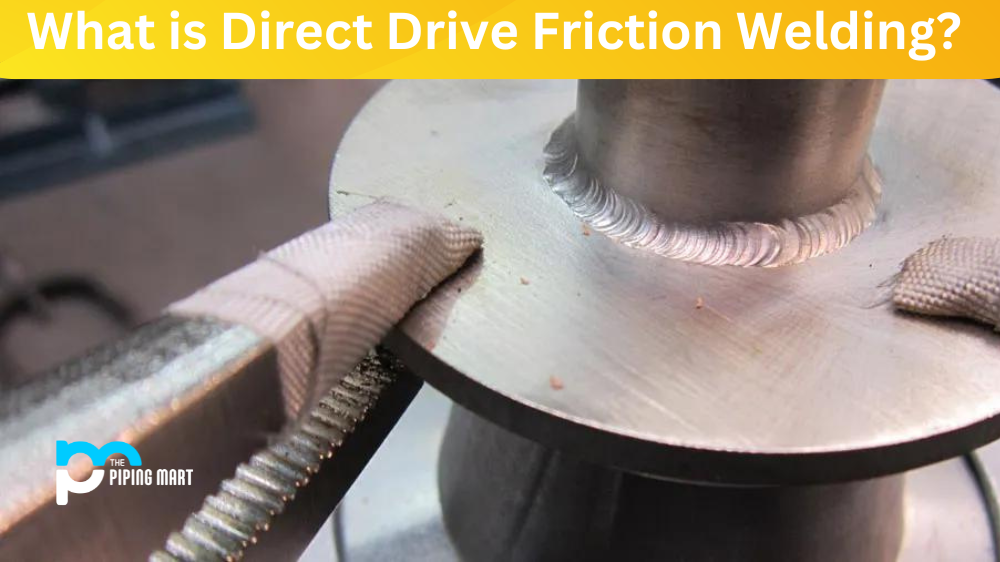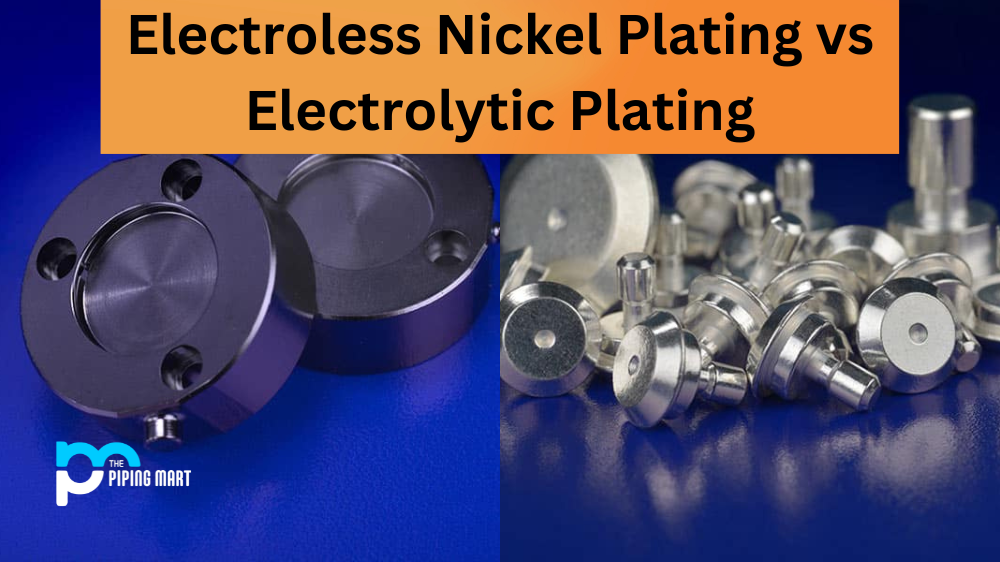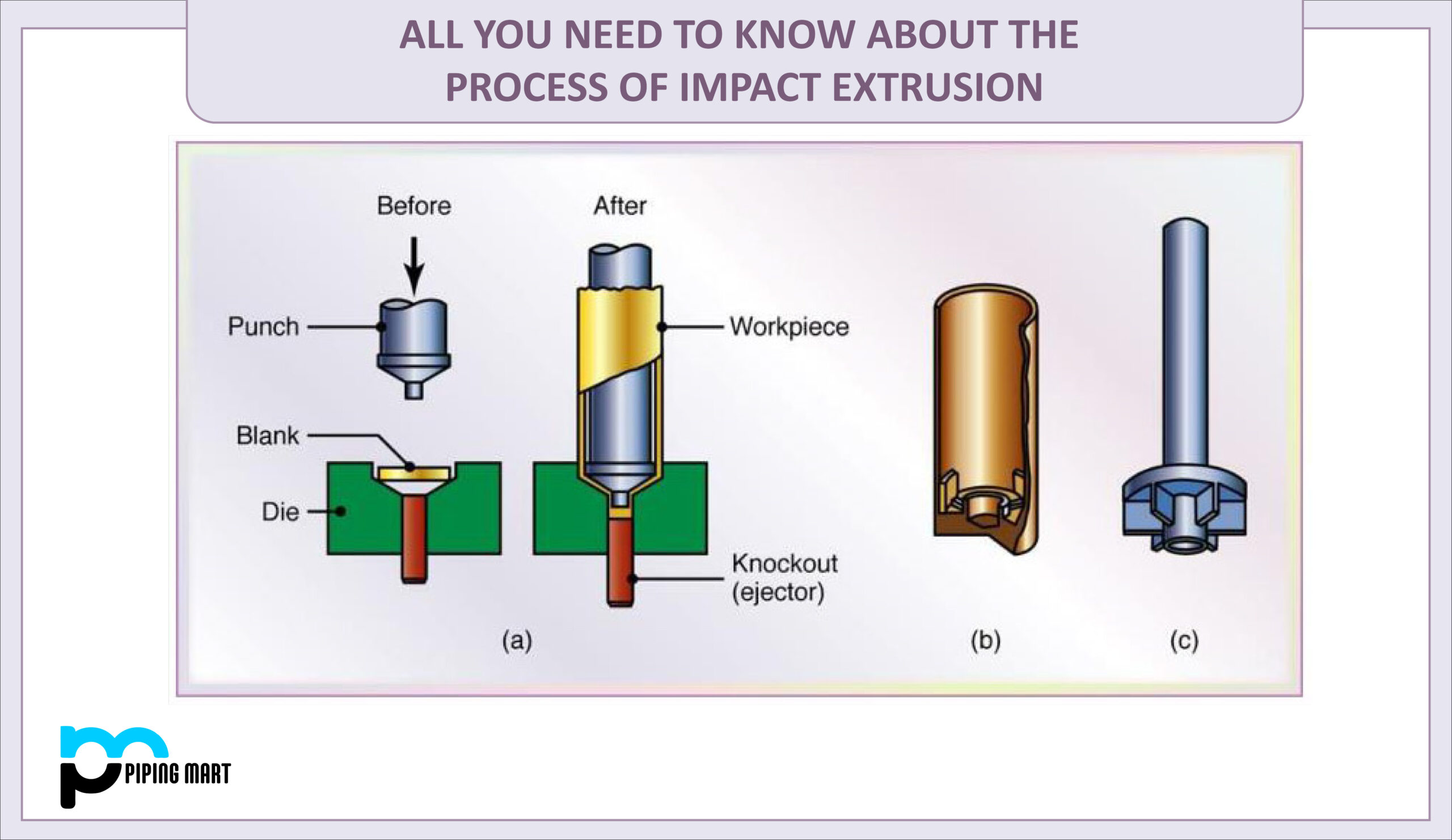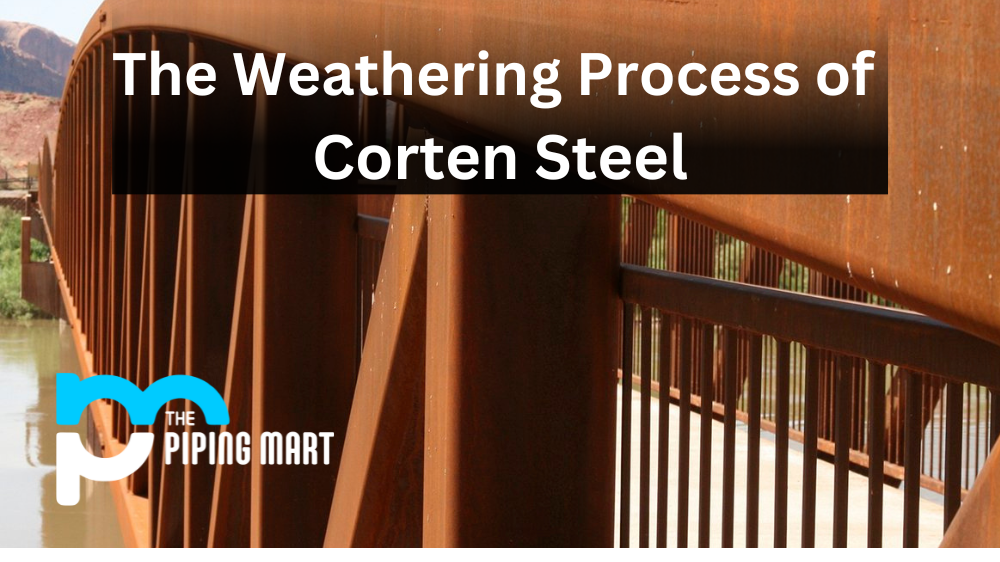Direct Drive Friction Welding (DDFW) is one of the most efficient and reliable methods for welding two pieces of metal together. It has been used in a variety of industries, from aerospace to automotive and beyond, as it offers a high-quality bond between two materials with minimal energy input. But what exactly is DDFW, and how does the process work? Let’s take a closer look!
What is Direct Drive Friction Welding?
Direct Drive Friction Welding (DDFW) is a solid-state welding process that joins two separate pieces of metal together by applying axial pressure while simultaneously rotating one of the pieces at high speed. This combination creates friction between the two materials, which then melts them at their interface, creating a strong bond. This method has several advantages over other types of welding, including greater strength and reliability, faster production times, reduced cost, improved material characteristics, and more precise control over heat input. DDFW also requires minimal post-weld cleaning or machining.
Direct Drive Friction Welding Uses
Direct drive friction welding can be used to join both ferrous and non-ferrous metals such as steel, aluminium, copper alloys, titanium alloys, brass alloys, and even stainless steel. It has applications in many industries, such as aerospace engineering for components like engine blades; automotive manufacturing for brakes and suspension systems; medical devices for implants; defense applications for weapons components; industrial tools like drill bits; and consumer products like kitchenware items.
Direct Drive Friction Welding Process
The direct drive friction welding process begins with the preparation of the metal parts to be joined by ensuring that they have been cleaned properly prior to welding. The parts are then placed into an induction heating system which preheats them before they are positioned into the welder’s chuck jaws. After this preparation step is completed, the actual welding takes place by pressing against each piece while rotating one part at high speed until they reach its melting point at its interface, which creates the weld joint. The entire process usually takes just 10-15 seconds, depending on the size of the parts being welded together.
- Friction welding is a solid-state joining process in which two surfaces are brought into contact and then rubbed together with sufficient force to weld the two pieces together.
- The friction welding process can be used to join dissimilar materials, including metals, plastics, and ceramics.
- The two surfaces to be joined are first brought into contact, and then a rotating tool is used to apply friction to the joint area.
- As the tool rotates, it generates heat due to the friction between the tool and the workpiece. This heat melts the surface of the workpiece, causing the two pieces to fuse together.
- The weld joint that is created is typically stronger than the base material, making friction welding an ideal method for joining high-strength materials.
Conclusion:
Direct drive friction welding is a reliable method for joining metals together that offers numerous benefits over traditional methods, such as higher strength bonds with minimal energy input as well as faster production times with fewer post-weld cleaning steps needed afterward. It also has applications in many different industries due to its ability to work with ferrous and non-ferrous metals. Understanding how this process works can help you make an informed decision about whether it’s right for your needs!

A passionate metal industry expert and blogger. With over 5 years of experience in the field, Palak brings a wealth of knowledge and insight to her writing. Whether discussing the latest trends in the metal industry or sharing tips, she is dedicated to helping others succeed in the metal industry.




